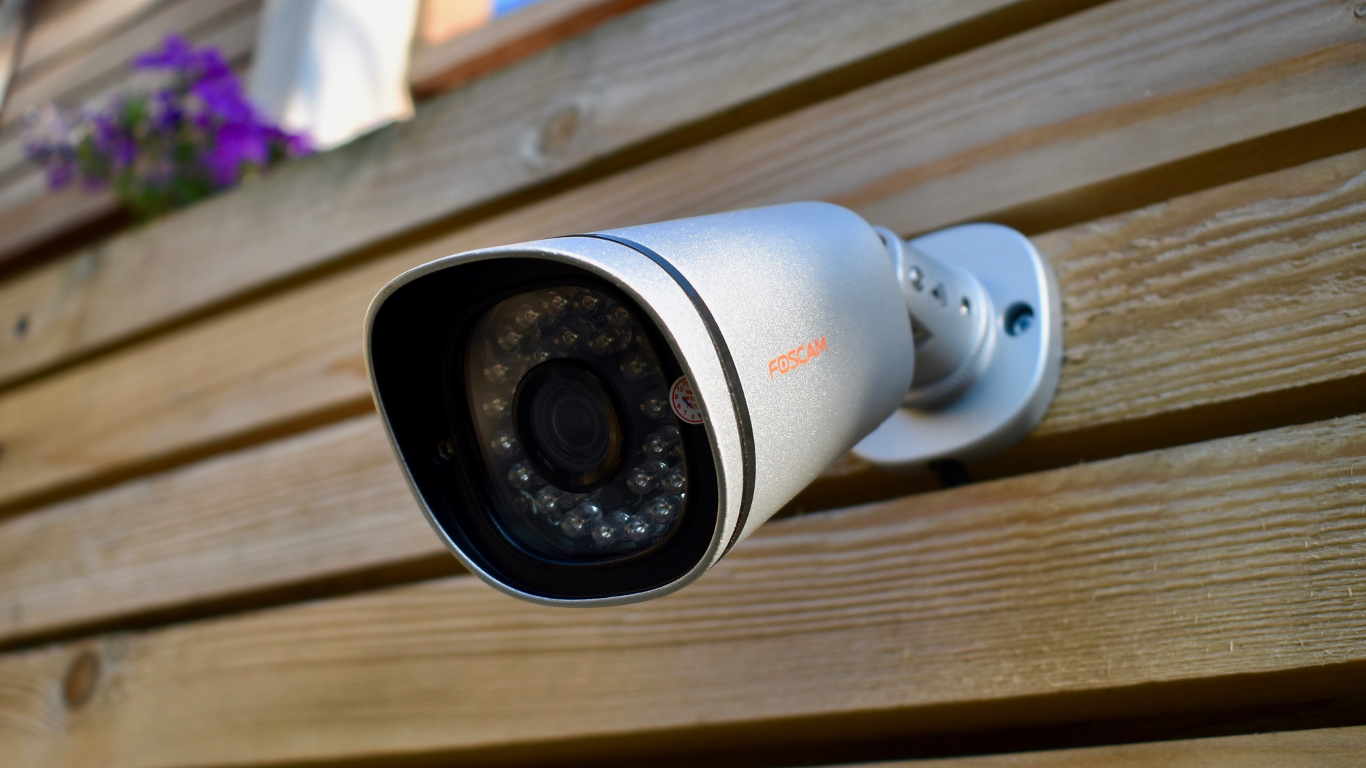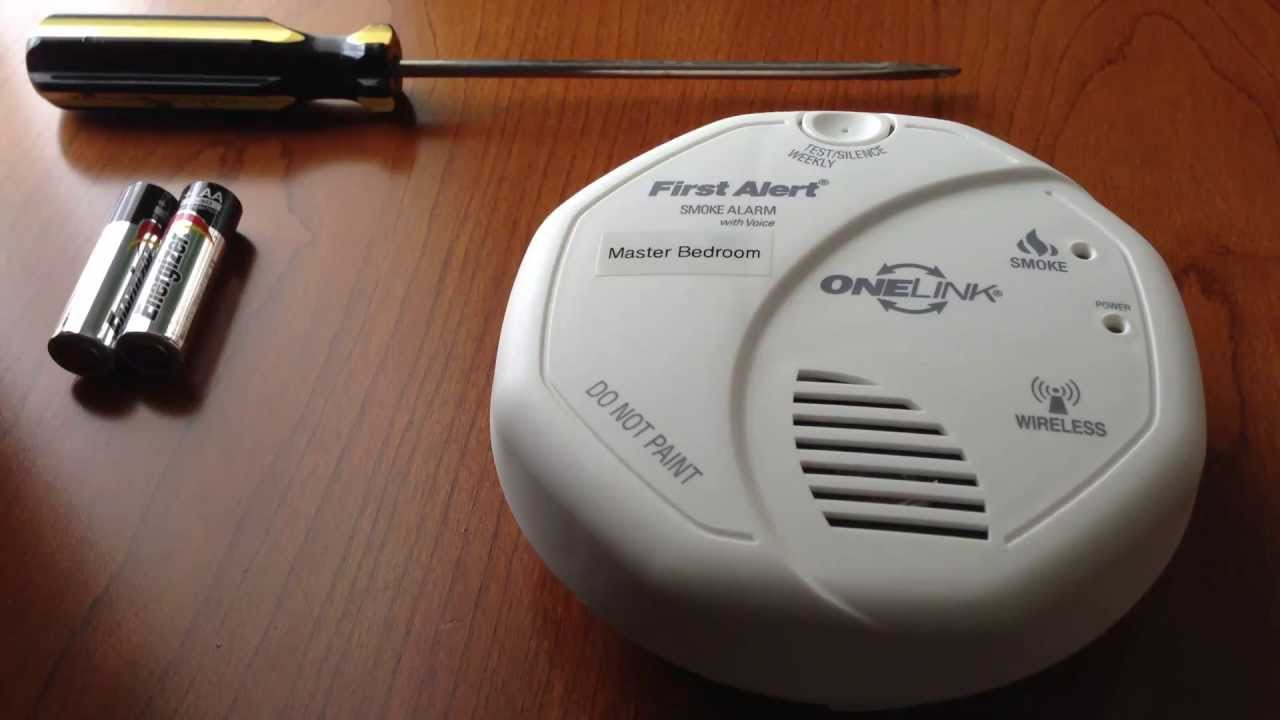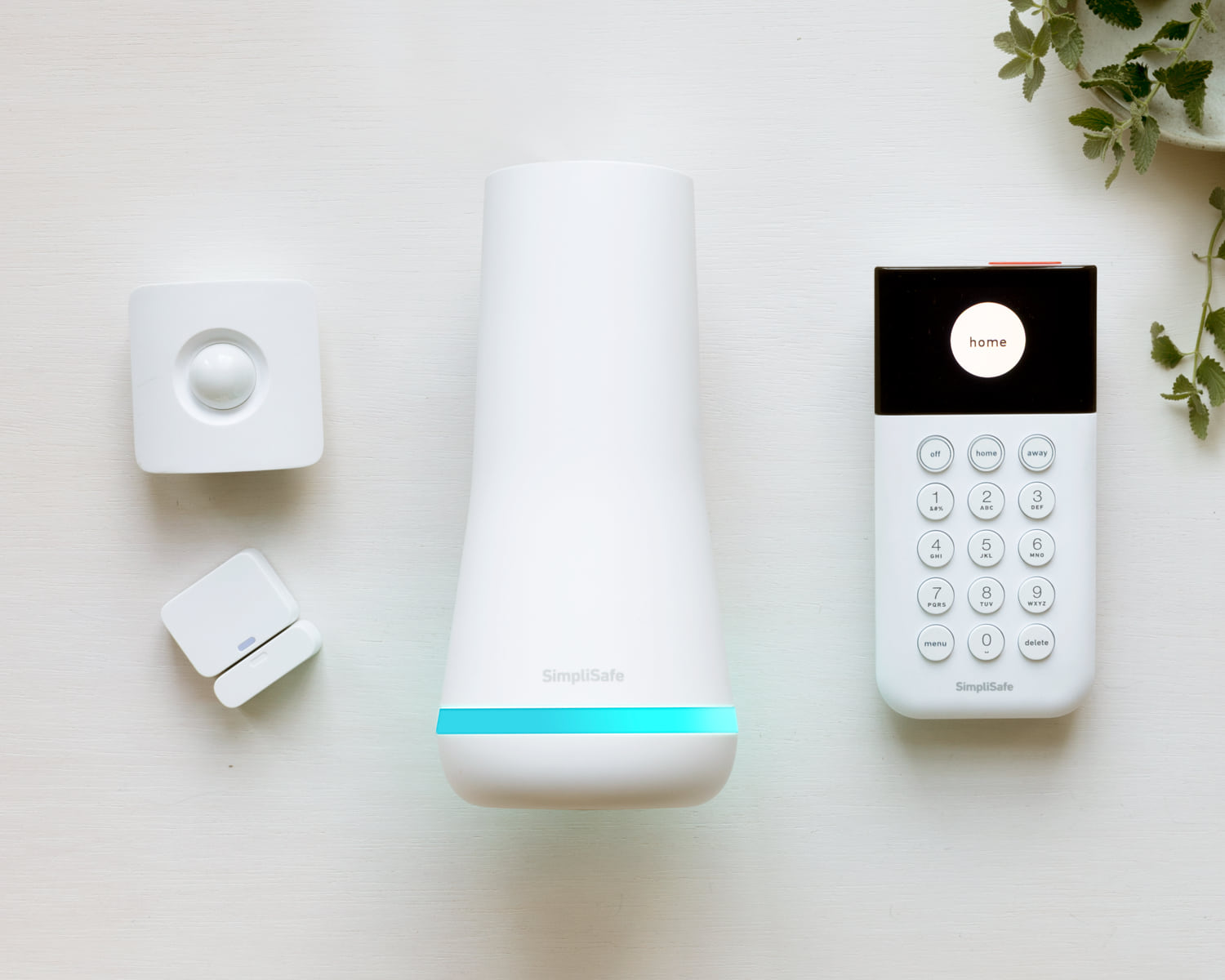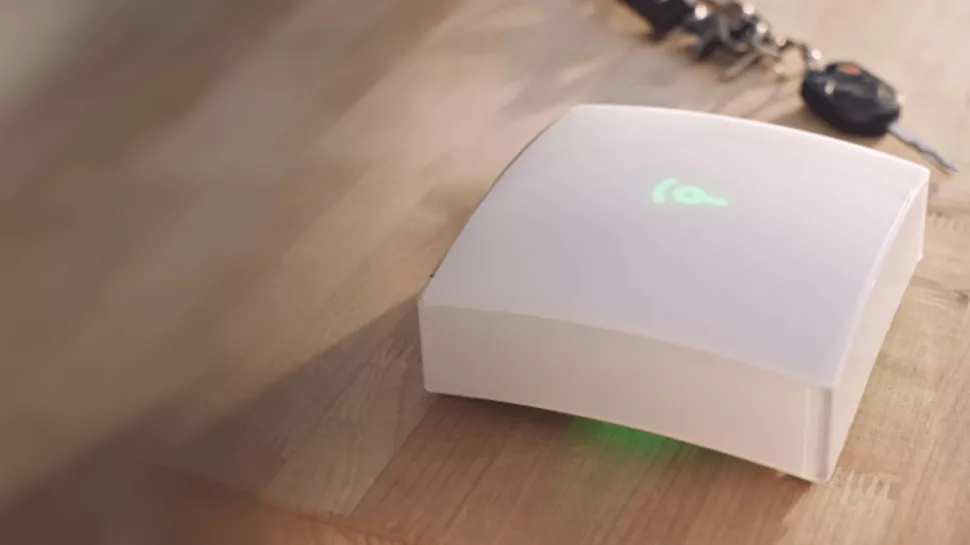How to choose the best home security system
The homeowner’s guide to modern home security

In its essence, a home security system is a collection of interconnected devices that protect your property from danger. However, that’s a very broad definition, and as such, everything from home automation systems to pipe leakage detectors falls into the category.
But what kind of home security system do you actually need? In this guide, we will go through the step-by-step procedure of choosing the best home security system for your use case, from choosing the proper components all the way to establishing the network.
- How to secure your home and which home security systems do you need?
- The best home security systems
- Our best wireless home security cameras
How to choose the right home security system: Preparation
Before you get started, there are a few things to consider. While you don’t need to make any special preparations before installing the security system, it’d be wise to consider things like the age and condition of your home and the total worth of valuables stored in it before you decide what kind of security system would work best.

Step 1: Determine your primary purpose
For starters, try asking yourself exactly why you are considering a home security system and what kind of purpose you expect it to serve. Broadly speaking, there are three types of security systems currently in the market: home automation, intruder protection, and environmental monitoring.
Home automation systems are the most advanced form of home security. They consist of several devices connected to each other via the internet of things (IoT). These devices can be controlled either individually or as a whole using your smartphone or smart speaker.
Intruder detection and alert systems are used to protect your home from burglars. They consist of motion sensors, security alarms, window films, and more to make trespassing into your property that much harder.
Finally, environmental monitoring systems can detect nonhuman anomalies like fire and leakage and take necessary precautions to avert disaster. Sprinklers, smoke detectors, and pipeline monitors fall into this category of home security systems.
Sign up to the TechRadar Pro newsletter to get all the top news, opinion, features and guidance your business needs to succeed!
An ideal home security system will, depending on your purpose and budget, contain a few components of each type to offer well-rounded security to your home.

Step 2: Choose the right components
You can choose between any number of home security packages and starter kits. In fact, you can even combine them with each other to get the best result. However, before you do any of that, you need to figure out exactly what kind of components you need to be part of your home security system.
For example, a smart doorbell can help you verify people who request entry to your house. Smart doorbells often come paired with motion sensors that activate a camera placed near the door, alerting you whenever someone closes in or rings the doorbell. These doorbells are an essential part of any smart home security system and are included in most packages.
A few common gadgets that should be included in any home security system include smart doorbells, motion cameras, burglar alarms, smart lights, and window sensors. Depending on your property’s age, you may also want to install smoke and fire detectors and pipeline monitoring systems.

Step 3: Choose the proper monitoring system
If you have the extra budget, you can always benefit from having an around-the-clock call center monitoring your property for alarms and suspicious activity. If they notice anything strange, they will call emergency services for you so that potential disasters can be averted before they happen. This is called professional monitoring.
On the other hand, DIY monitoring is good enough for smaller properties or houses that don’t contain lots of valuables. If you don’t have a particularly busy schedule and can afford to keep track of the various components that make up your smart security system, you can opt to receive a notification on your smartphone whenever a motion sensor is triggered or a surveillance camera notices suspicious activity.
Unlike professionally monitored security systems, DIY home security implies that you are responsible for contacting emergency services not the security company.

Step 4: Choose a network that works
Of course, every home security system requires a network of interconnected devices to function. Choosing the right network for connecting these devices is essential, as unreliable networks can cause your security system to suddenly fail, sometimes at crucial moments.
There are two types of networks employed by home security systems: wired and wireless.
Wired networks are the more reliable option in places where internet connectivity is sparse or unavailable. However, they require a landline connection to transmit data, which means they need a dedicated phone connection and radio frequency and must be professionally installed.
Wireless networks are getting more and more popular by the day. All they need is a Wi-Fi or cellular connection, and they are ready to go. They ship as readymade systems and require no professional installation. However, you usually need to install a smartphone app to configure and control the various devices included in the package.

Step 5: Choose an installation method
You can choose to have your home security system installed by yourself or by dedicated professionals.
Professionally installed systems are usually more dependable, with a greater number of bells and whistles, but also with a steeper price tag. These systems typically use wired connectivity and rely on professional monitoring to function.
DIY systems can be configured via your smartphone or tablet and require little more than an installation manual to get started. They typically ship pre-programmed and don’t involve any drilling. They are, however, lacking in certain features and may only function properly where there is good internet connectivity.

Summary
Choosing the right security system is an important part of giving your home the protection it needs. While the best home security system will largely depend on your requirements and budget, a few good brands worth mentioning include Vivint, Brinks, Nest, FrontPoint, and SimpliSafe. You may also want to check out our best security camera recommendations and best smart home devices to pair well with your security system.
Further reading
- How to secure your home and which home security systems do you need?
- The best home security systems
- Our best wireless home security cameras

Ritoban Mukherjee is a tech and innovations journalist from West Bengal, India. These days, most of his work revolves around B2B software, such as AI website builders, VoIP platforms, and CRMs, among other things. He has also been published on Tom's Guide, Creative Bloq, IT Pro, Gizmodo, Quartz, and Mental Floss.